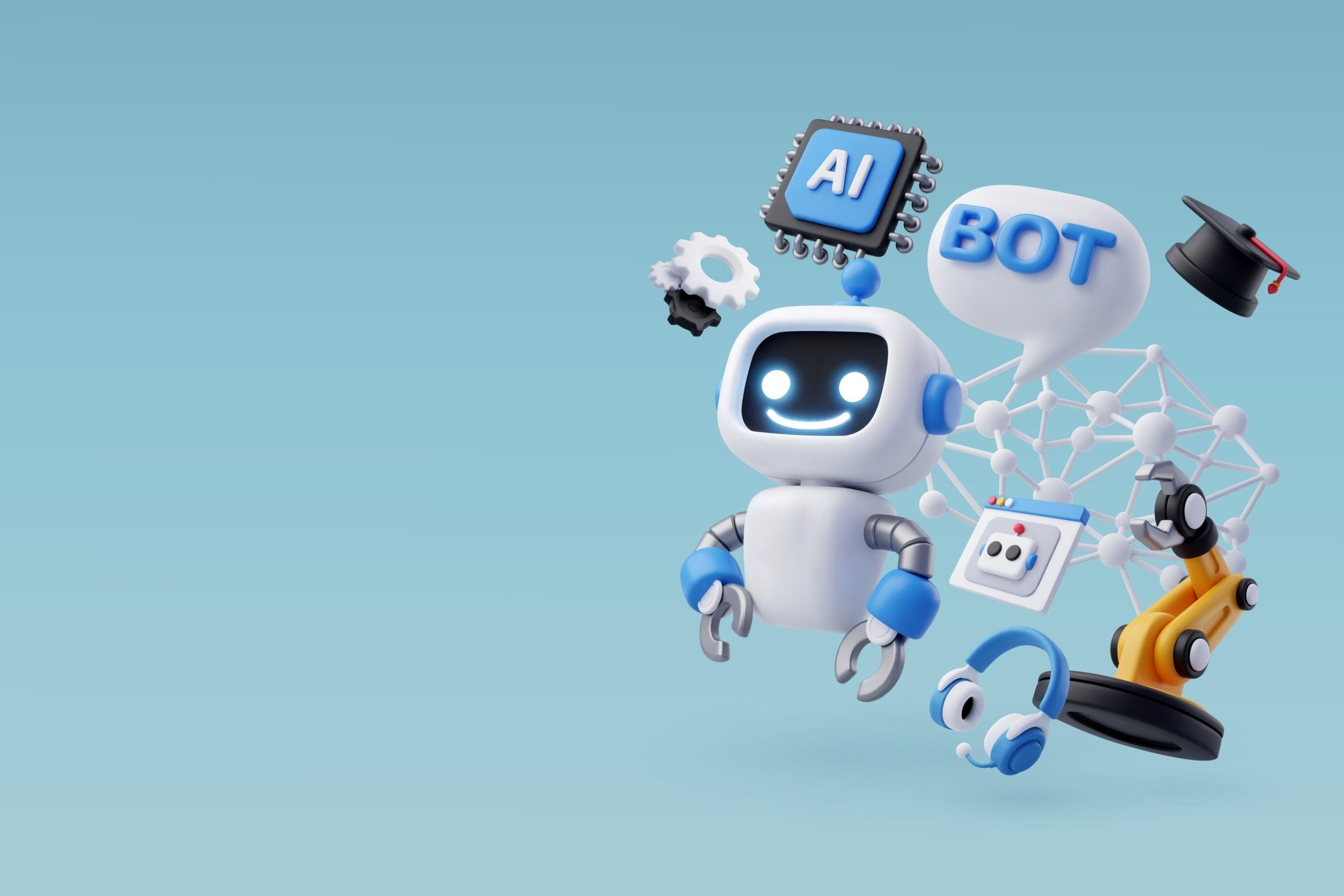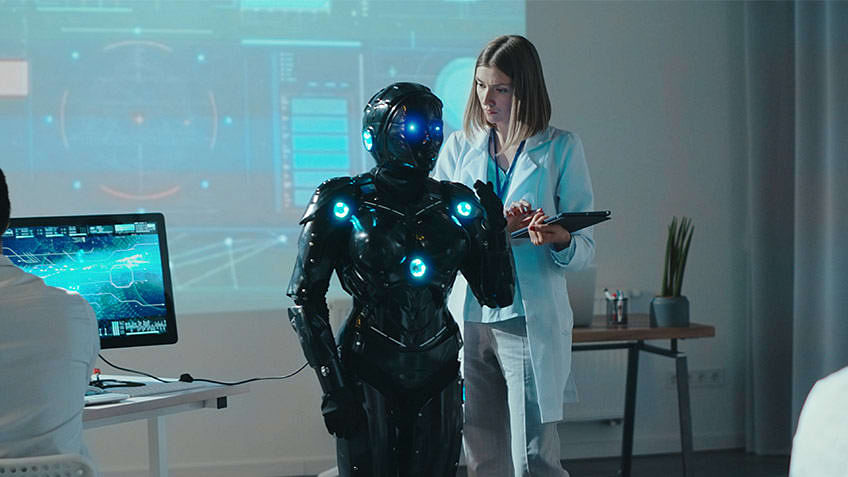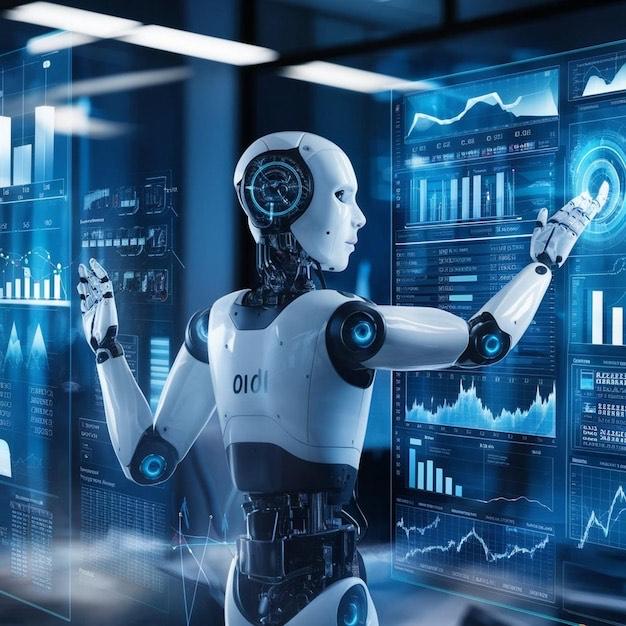
The Comprehensive Guide to Robotics
The Comprehensive Guide to Robotics: From Basics to Future Applications
When thinking about robots, images of futuristic humanoids or mechanical arms welding car frames might spring to mind. However, the true heart of robotics is far-reaching and transformative. At its core, robotics is an engineering field focusing on the creation and use of robots—machines that operate automatically and independently, often performing tasks traditionally done by humans. Surprisingly, not all robots resemble humans; many are designed for function over appearance, such as those found on automobile assembly lines or specialized industrial applications.
Understanding Modern Robotics
Robotics represents a fascinating domain of engineering that revolves around designing, constructing, and operating robots—machines designed to perform tasks autonomously that were traditionally done by humans. A robot need not mirror human form; think of the robot arms tirelessly welding on an auto assembly line. Yet, some robots do take on human-like features, called "androids," designed to make humans more comfortable in their presence, though this can sometimes create an uncanny valley effect.
Robots come in a diverse array of forms and serve many purposes across various fields. They revolutionize industries with several advantages, including the ability to execute dangerous jobs, boost productivity by handling repetitive tasks, and improve quality through precision work—benefits impossible for human workers constrained by fatigue and risk. However, the deployment of robots comes with challenges: high initial costs, the potential to displace jobs, and the need for skilled personnel to maintain and operate them.
Types of Robots Across Industries
The world of robots is as diverse as it is fascinating. These tireless machines come in a variety of forms, each designed to perform specific tasks across multiple industries. Let's explore the extraordinary types of robots shaping our daily lives:
Healthcare Robots
In the healthcare sector, robots are taking on a broad spectrum of roles. From being a surgeon's assistant in the operating room to aiding in physical therapies, these robots even navigate hospital corridors delivering crucial supplies like medications or linens. During pandemics, they have proven invaluable by efficiently handling test samples and assisting in the production of medical equipment. Healthcare robots are truly becoming doctors' new best friends, enhancing patient care and safety.
Manufacturing and Industrial Robots
The pioneers of the robotic revolution, manufacturing robots, have long streamlined processes in factories. Famous for tirelessly assembling cars, these mechanical mavens also excel in tasks such as arc welding, material handling, and food packaging. Their precision and endurance make them indispensable in the manufacturing world, working continuously without breaks or quality degradation.
Home-Based and Domestic Robots
Remember the iconic Roomba? Well, the helping hands at home have expanded beyond vacuuming. Modern domestic robots now mow lawns, clean pools, and work hand-in-glove with virtual assistants like Alexa to make home life smoother and more convenient. They bring automation at a personable level to our cozy corners, handling routine maintenance tasks that free up time for more meaningful activities.
Logistics and Warehouse Robots
Your next-day delivery of the latest gadget isn't just thanks to speedy human workers but also logistics robots. These innovations efficiently stack shelves, fetch goods in warehouses, sort packages, and execute short-distance deliveries, ensuring customers receive their orders on time. They're revolutionizing supply chain management and e-commerce fulfillment.
Space Exploration Robots
One small step for robots, a giant leap for mankind. Space exploration owes much to robots like Sojourner and Perseverance on Mars. The Hubble Space Telescope and stalwart space probes like Voyager and Cassini also fall under this celestial category. They serve as humanity's eyes and arms in the vast, unexplored cosmos, gathering data and performing experiments in environments too hostile for human presence.
Military and Defense Robots
On the frontline of danger, military robots tackle tasks that no human should risk. Whether it's bomb-defusing capabilities or providing logistical support in hazardous environments, these robots operate in landscapes fraught with peril. They save lives and provide tactical advantages in modern defense operations, handling reconnaissance, surveillance, and dangerous material disposal.
Entertainment and Service Robots
The world of entertainment eagerly embraces robots, from toy companions to robot-themed dining experiences. As robotic sophistication grows, their potential to engage and entertain becomes boundless, promising fantastical experiences in everyday scenarios. Service robots in hotels, restaurants, and retail environments are becoming increasingly common.
Advantages and Disadvantages of Robotics
Key Advantages
Robots are revolutionizing various industries by handling tasks too dangerous or tedious for humans. Rather than risking human lives in hazardous environments like nuclear reactor cores or dangerous mining operations, robots can step in with tireless precision. They work continuously, day and night, without requiring breaks or benefits, which translates into significant cost-effectiveness over time. By relieving humans of repetitive tasks, robots elevate productivity and allow employees to focus on more challenging and creative pursuits.
Robots excel in quality control applications. When humans perform repetitive functions, concentration tends to slip, leading to errors and accidents. Robots, however, don't lose focus or get bored, ensuring consistent, flawless execution without performance degradation. Their precision in manufacturing, assembly, and inspection tasks often exceeds human capabilities.
Notable Challenges
Every technological advancement has its challenges. Robots require substantial initial investment—a steep cost that's reminiscent of adopting any cutting-edge technology. While this investment is typically recouped over time through increased efficiency and reduced labor costs, the upfront expense can be prohibitive for smaller organizations.
There's legitimate concern about robots displacing human jobs. As robots seamlessly integrate into various industries, certain roles face obsolescence, causing workforce anxiety. However, this technological shift often creates new opportunities—traditional workers can transition to become robot operators, programmers, and maintenance technicians. The demand for skilled professionals in robotics continues to surge, requiring companies and educational institutions to adapt their training programs.
The Role of Artificial Intelligence in Robotics
Artificial Intelligence serves as the transformational force advancing robots from mere mechanical helpers to intelligent partners capable of human-like collaboration and efficiency. AI's impact on robotics is evident through innovations such as collaborative robots, or "co-bots," designed to work side-by-side with human workers. These AI-enabled robots enhance productivity and workplace harmony by taking on complex roles traditionally held by humans.
One of AI's key contributions is equipping robots with computer vision capabilities. This enables robots to accurately identify and interact with objects, navigate environments, and perform tasks with precision akin to human capabilities. By recognizing and understanding details in their surroundings, robots can function autonomously, reducing their reliance on human instructions and supervision.
AI enhances robots with refined motor skills, improving their ability to manipulate objects without causing damage. This development is crucial for tasks requiring delicate handling, where precision is imperative. Motion control and navigation systems powered by AI allow robots to autonomously navigate complex pathways and dynamic environments.
Natural language processing capabilities enable robots to better understand and respond to verbal commands while interpreting their operational context. This advancement closes the communication gap between humans and robots, making interactions more intuitive and reducing the need for specialized programming knowledge.
The Future Impact and Potential of Robotics
Looking ahead, the future of robotics appears bright and full of potential. Rather than the dystopian scenarios often depicted in science fiction, robots are more likely to focus on performing monotonous or hazardous tasks, paving the path for innovations and human advancement. As technology surges forward, there's genuine excitement about what lies ahead.
With continuous leaps in AI and sensor technologies, robots will evolve from simple tools into integral collaborators capable of cognitive tasks. Far from replacing humans entirely, these machines will open doors to new opportunities, compelling industries to adapt and evolve with ongoing innovation. The integration will likely be gradual and complementary, with robots handling routine tasks while humans focus on creative, strategic, and interpersonal work.
Each category of robotics demonstrates the sheer transformative power these machines hold, revolutionizing traditional industries and weaving themselves into the fabric of daily life. From healthcare to space exploration, from manufacturing to home assistance, robots are becoming indispensable allies in human progress and innovation.
The robotics revolution is not just an incremental improvement—it represents a seismic shift in how we approach work, exploration, and daily life. By endowing robots with intelligence that mirrors human reasoning and perception, we're entering an era where the collaboration between humans and machines will define the next chapter of technological advancement and societal progress.







